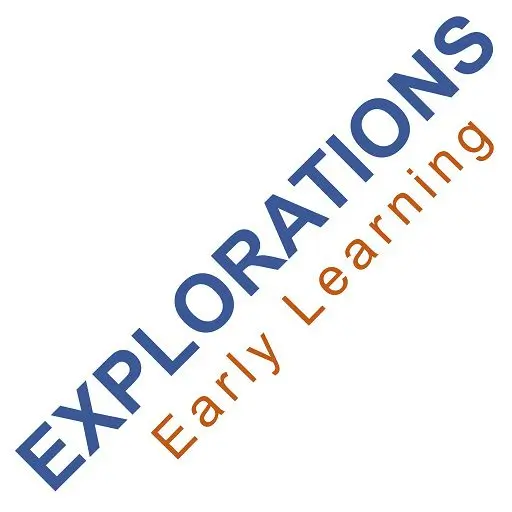Your cart is currently empty!
Training Topics
Overview
You’ll find all 41 of my current training topics here with their descriptions, learning goals, and other pertinent details. I’ve broken them into 7 subcategories, although many could fit into multiple categories. To see session details, click any of the following images.
These sessions are offered via Zoom here at Explorations Early Learning and can be booked by organizations for online or in-person presentations. Reach out if you have questions about a session.
You can download a PDF with information on all the topics here.
Professional Practice
These trainings look at professional practice in early learning settings:
Click the image for more information
Self-Care And Relationships
These training topics focus on self-care, relationships, and emotional environments.
Click the image for more information
Do It Yourself Ideas
These trainings offer lots of easy, kid-approved, and affordable do-it-yourself ideas.
Click the image for more information
Play Spaces
These training topics look at creating child-led play spaces.
Click the image for more information
Understanding Play
These trainings dive deep into child-led play theory and look at ways to support and advocate for it.
Click the image for more information
Power Play
These trainings look at ways to support children in feeling powerful, capable, and in control.
Click the image for more information
STEM Play
These training topics look at playfully supporting STEM learning.
Click the image for more information
Visit Playvolution HQ for a copious collection of resources that support child-led play.









































